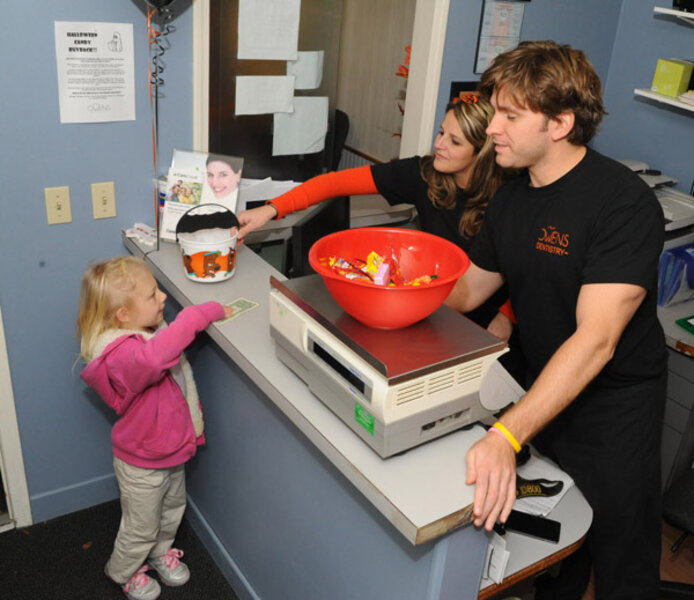Leading by example is one of the key ways to teach your children about gratitude. If you’re rushing through a lovingly prepared Thanksgiving dinner so you can get yourself to the Big Box store in time to get your new flatscreen, what message does that send to Junior?
It’s sort of hard to get on his case later for not appreciating a home-cooked meal.
On the other hand, if kids catch you saying “thank you,” they will be more likely to recognize that gratitude is a practiced part of life. (And indeed, many researchers say that gratitude is practiced – it’s an emotional skill that develops and deepens the more one expresses it.)
So do a self check: Did you thank the woman who handed you your coffee this morning? Did you thank the driver who stopped to let you cross at the cross walk? Did you thank your husband for doing the laundry? Did you thank your daughter for remembering to hang up her winter coat? It doesn’t matter whether you think these other people should be doing these actions; expressing gratitude both encourages them and helps you.
Meanwhile, when you catch your child expressing gratitude, reinforce it. Give her a hug and tell her that it makes you feel happy when she notices something you’ve done.






